Kids are all answer-seekers. They ask a lot of how’s and why’s. That are mostly the questions my husband and I receive from our 7-year-old daughter Kelsea. They are very much curious about the surroundings and as parents, it is our responsibility to explain and give them answers because we are who they trust. With the help of learning tools nowadays, parents and children can spend time with each other learning about the things around us.
Kelsea loves to do experiments with us. She’s very interested in Science because of the amazing explanation for every thing that is happening in this world. Facts are easily available in books but learning is more fun when playing with our kids. Thanks to Ogalala, a brand under Internationale Globale Marques, Inc. (IGM), developed a system based on play and parenting insights wherein play products or educational toys are grouped together to develop the physical, intellectual, social, and emotional skills of a child from birth to 12 years old. Ogalala is made up of global children’s brands such as Crayola, Melissa & Doug, Animal Planet, Discovery Kids, Artec, Emco, Baby Einstein, HABA, Ein-O-Science, Trixy & Troy, and others.
We already tried the brands Crayola and Melissa & Doug and recently tried one of Ein-O-Science‘s products called Nature Explorer.
Our not-so-little miss was so excited to be a little explorer and can’t wait to see what’s inside the box 🙂 It contains 12 experiments to help kids explore plants, insects and the beautiful nature around us. The materials included can be seen this the photo below:
It was easy to comprehend the manual so Kelsea was able to easily follow the instructions. Each experiment uses some of the materials in the kit while some can be seen in your own househould and backyard. A very informative explanation is presented at the end of each experiment.
Out of the 12 experiments, we did 5 which are about plants. Here they are:
- GREEN MAGIC
This experiment makes use of a celery stalk, water and food dye. After a few drops of food coloring and stirring, we let the celery stalk stay for awhile. After a few minutes, notice that the celery stalk changed color! 🙂
Like all other plants, the celery absorbs and passes water up through its vessels as a result of capillary action. We can also use flowers (preferably white ones) for this experiment.
2. MUMMIFIED PLANT
This experiment explains about those pressed flowers in pocket books and preserved wedding bouquets. I asked Kelsea to get small fallen leaves (you can also used flowers) in our garden. The leaves were then placed in between two sheets of tissue paper. Then, cardboards were placed on top and underneath and then the press boards. Rubber bands were used to bind it tightly. We left that as is for 3 days.
For sure, the tissue paper absorbed the water from the leaves making it completely dry. I then asked Kelsea to observe the leaves using a magnifying glass.
The leaves were preserved because of the plant press. The moisture was absorbed that’s why no bacteria can survive and will not cause the leaves to decompose. Also, notice from the picture below that when the leaves are dry, we can see the veins more clearly 🙂 Amazing!
3. RADICAL ROOTS
This experiment is usually done in school. Your kids may already be familiar with this. We just need cotton, bean seed and water. The cotton balls were put inside the germinator tank and water was added to make them moist. Then, Kelsea put 2 bean seeds touching the cotton layer. We then kept the tank in a warm place.
After 2 days, the roots started to grow.
After a few more days, it now looks like this:
The roots grew downwards while the shoots grew upwards. This process is called germination. Roots grow down to search for water while shoots are drawn upwards in search for sunlight.
4. SEED SPARKS
Have you heard of hydroponics? This is a simple example of it. Seeds (you can use mung beans, alfalfa/watercress seeds) were sprinkled in a cup half full of water and covered with mesh secured with a rubber band. Each day, the seeds will start to germinate.
Sorry I wasn’t able to take a picture when the shoots grew up. We went on a vacation for a few days and when we returned, the water already smell bad so we disposed it right away. We’ll just do this experiment again.
But this experiment explained that some seeds can germinate in water and don’t need any soil. The germinating and growing plants in water is called hydroponics. You just need to add a steady flow of nutrients to the water and enough sunlight to make plants grow and thrive in water.
5. SEEDLING SENSOR
This experiment compares two plants grown near a window with sunlight and in a dark cupboard.
Here are the two pots placed in two different places. We still need to observe more in a few days.
The one kept in a cupboard should grow taller and faster because it will be searching for light. But it will slowly progress and leaves will become pale. While the one displayed near a window with sunlight will grow much better and faster because it has the necessary elements a plant needs to grow – soil, light and water.
Do you think your kids will also love doing the experiments? We still have to do the other ones especially those needing insects. Exciting, right? 🙂 Kelsea enjoyed and now looking forward in doing the remaining 7 experiments. It did not only gave her joy in playing and spending time with me right in our own home but also enhanced her natural sense of creativity and imagination.
Thank you, Ogalala, for sharing wonderful learning tools like this to kids. Ogalala system’s guiding priciples are: “Play and creativity enables kids to enjoy learning and love life.” Let’s spend more quality time with our kids by learning and playing WITH them 🙂
To know more about Ogalala, watch this:
Ogalala Contact Information:
Website: http://www.oga-lala.com
Social Media: Facebook, Twitter, Instagram, Pinterest, YouTube
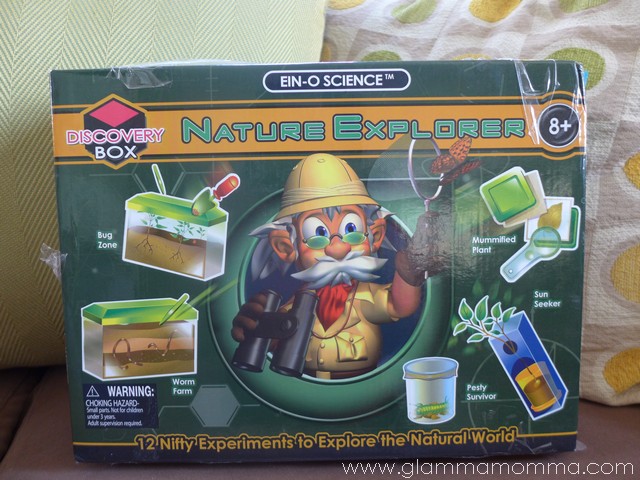
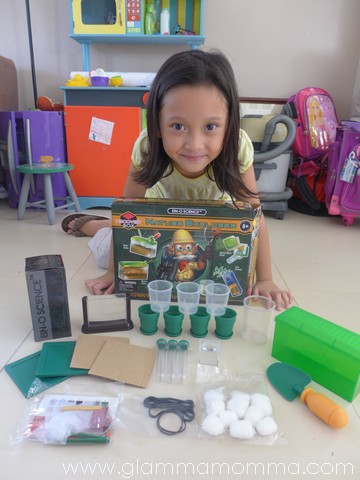
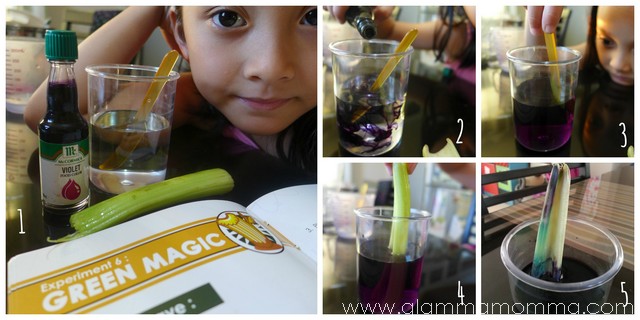
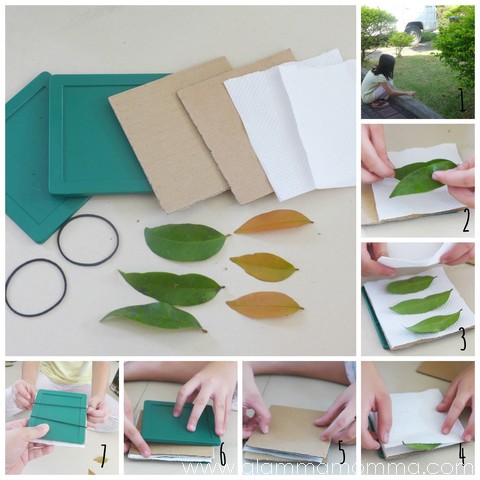
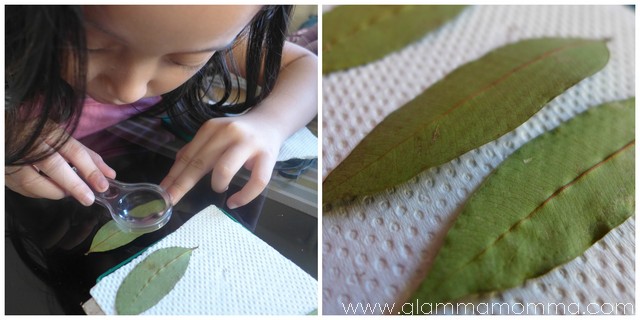

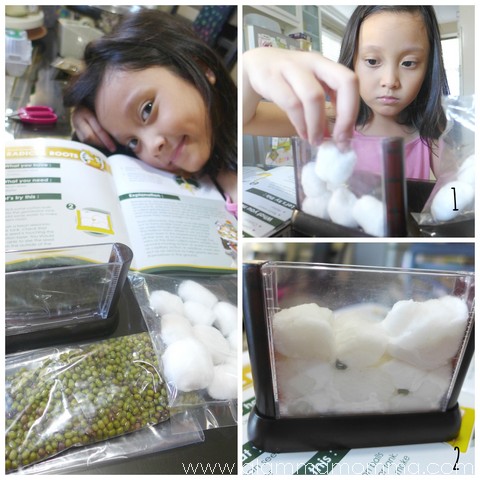


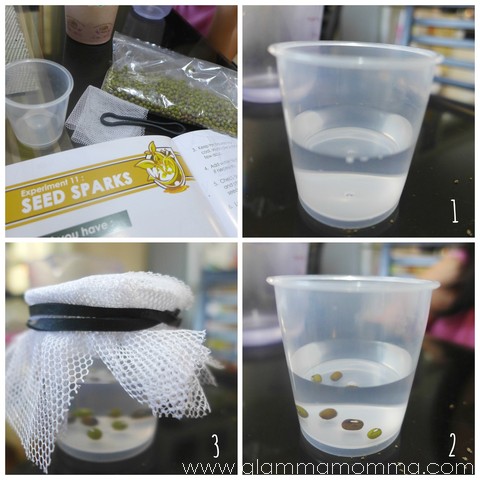
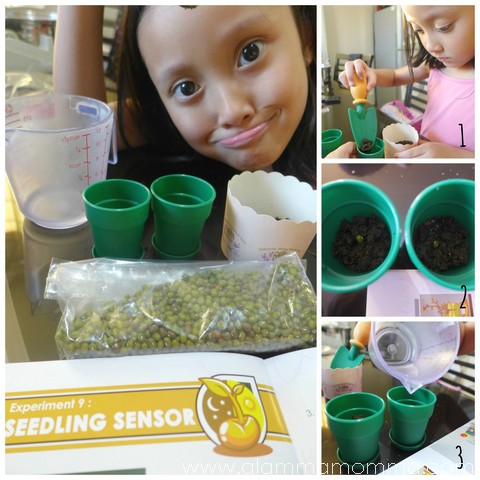



Leave a Reply